Cheltenham
This weekend I was in Cheltenham, a beautiful town near Gloucester, on the edge of the Cotswolds. It owes its prosperity to mineral springs - water from the limestone hills - which was first exploited by Captain Henry Skillicorne in ca. 1740. A visit by George III and his family in 1788 gave the town royal approval, making it a very fashionable place to live.
To the south of the town, the Montpellier spa was developed by Henry Thompson, with a pump room opened in 1817, while on the north side, Pittville pumproom was opened by Joseph Pitt in 1830. I suspect other spas were built, but these were the two that had a lasting impact on the town.
Minster
Montpellier
This part of Cheltenham is where many of the biggest houses are. I guess it takes it name from Montpellier in France, in the hope of suggesting the water at Cheltenham is comparable.
The pump room, call the Rotunda, is still here.
Opposite the pump room is Montpellier Gardens.
A row of shops extends north from the pump room, set back from the road. At the north end is this fancy building.
I would guess they were all built at the same time, 1836 (according to the inscription on one building).
To the north is this fine crescent of houses. This is, I think, the definitive view of Cheltenham; a curving row of Georgian housing.
The view from these is the coach station and then the backs of another terrace, which I find odd.
From the front it looks more impressive.
Especially with the Neptune Fountain.
Pittsville
Pittsville was an ambition, and not terribly successful, attempt to cash in on the spa money. Unfortunately, spas were becoming less popular, in part because of a reputation for indigestion after imbibing, and Joseph Pitt died up to his eyes in debt.
However, he did leave Cheltenham with a great park and magnificent pump room. The park is bifurcated by the A435. The section to the west is dominated by a lake.
There was a marathon on when I visited. If you look closely you can see the race going from left to right across the horizon, than back to the left before swinging to the right again.
Perhaps not that aesthetic, I nevertheless find this fascinating for the variation in the brickwork. I guess at least nine different building events contributed to the effect.
Some pubs
The Jolly Brewmaster is not far away, and is a great pub. It has a big range of ciders - actual apple ciders - and a friendly landlord. Thoroughly recommend this one.
Failed to go into this one. All that remains of the main station.
The Whittle Taps was nice inside, but seemed to have issues with the beer - but maybe we were just unlucky.







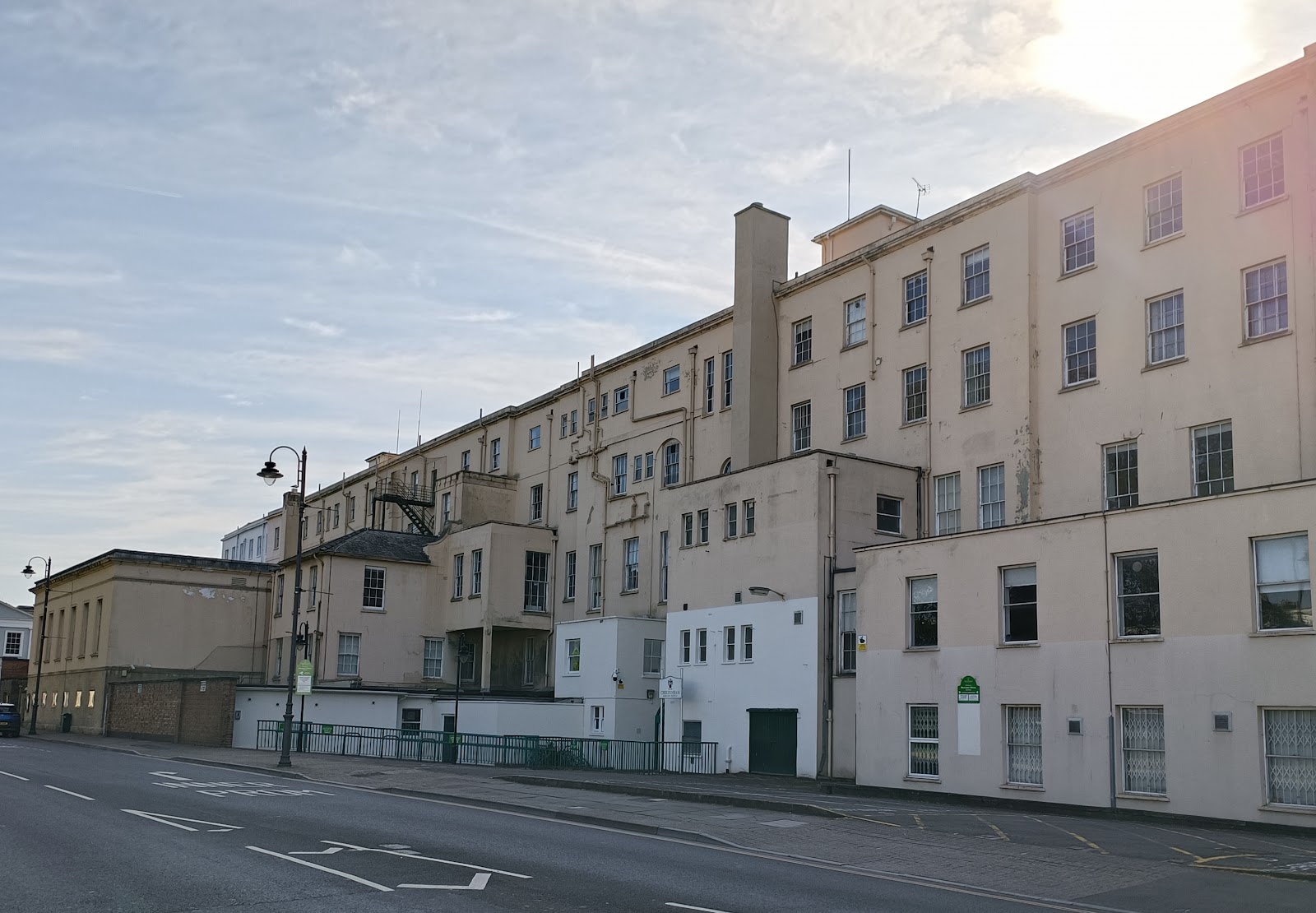


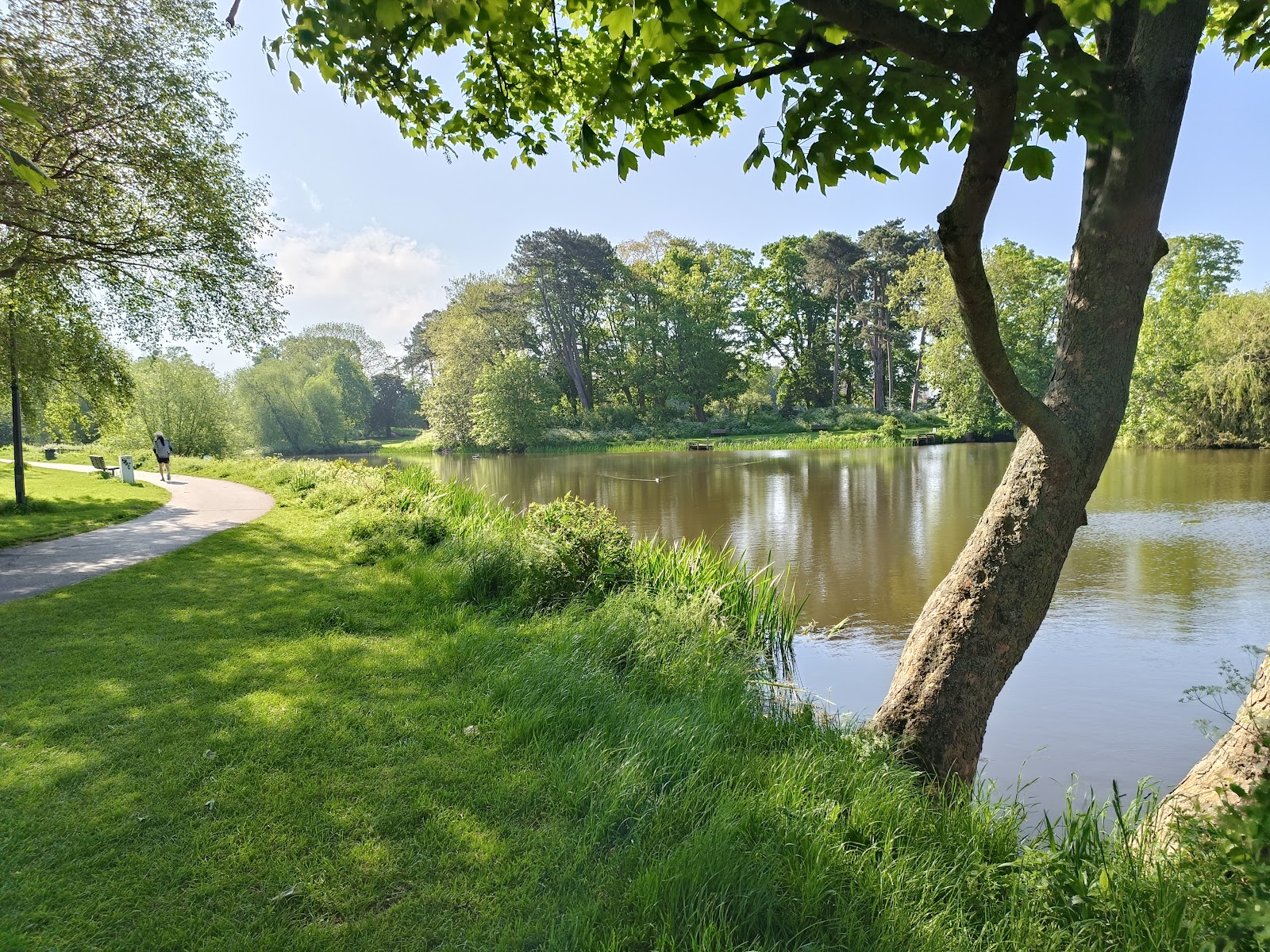
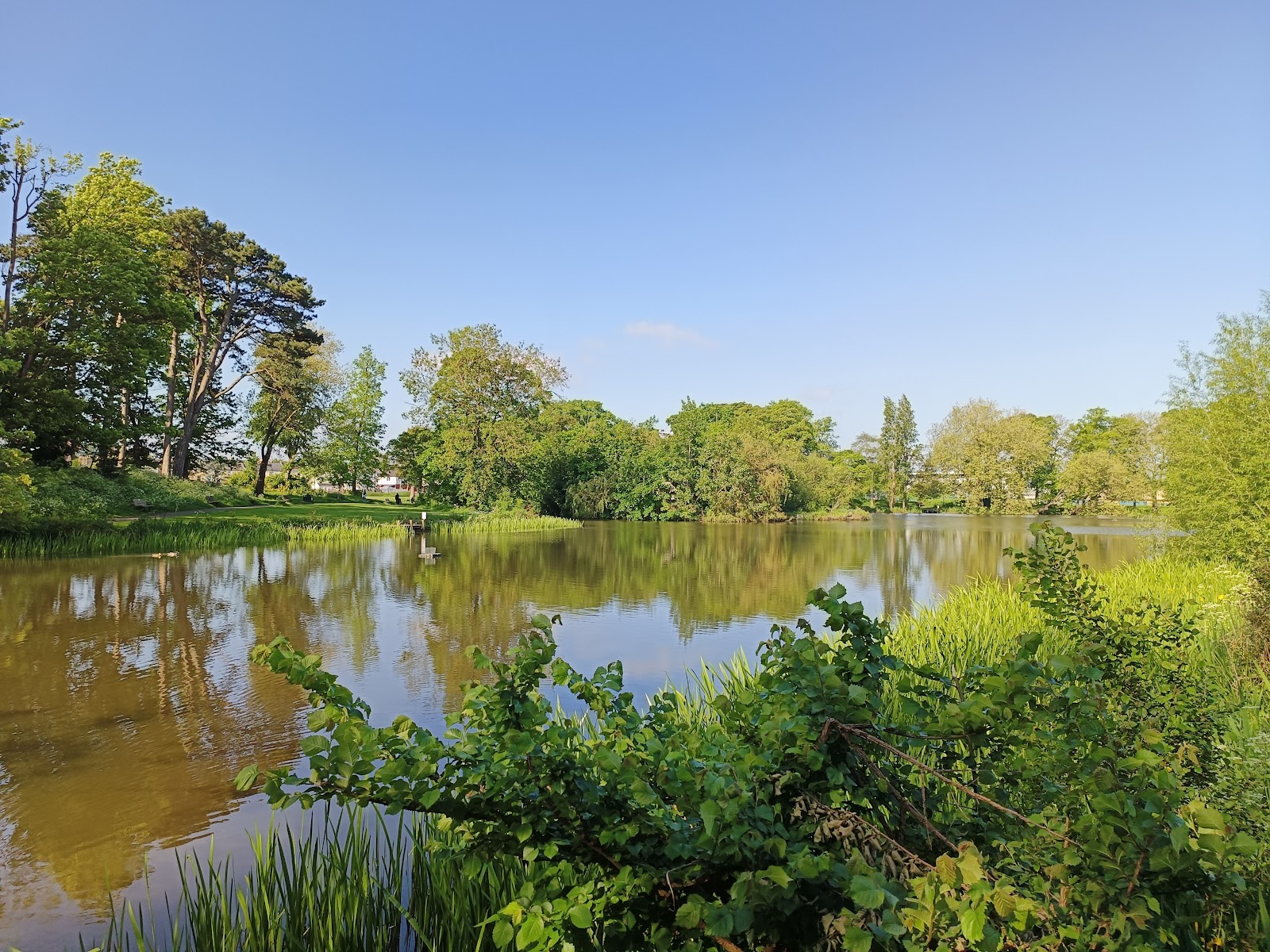










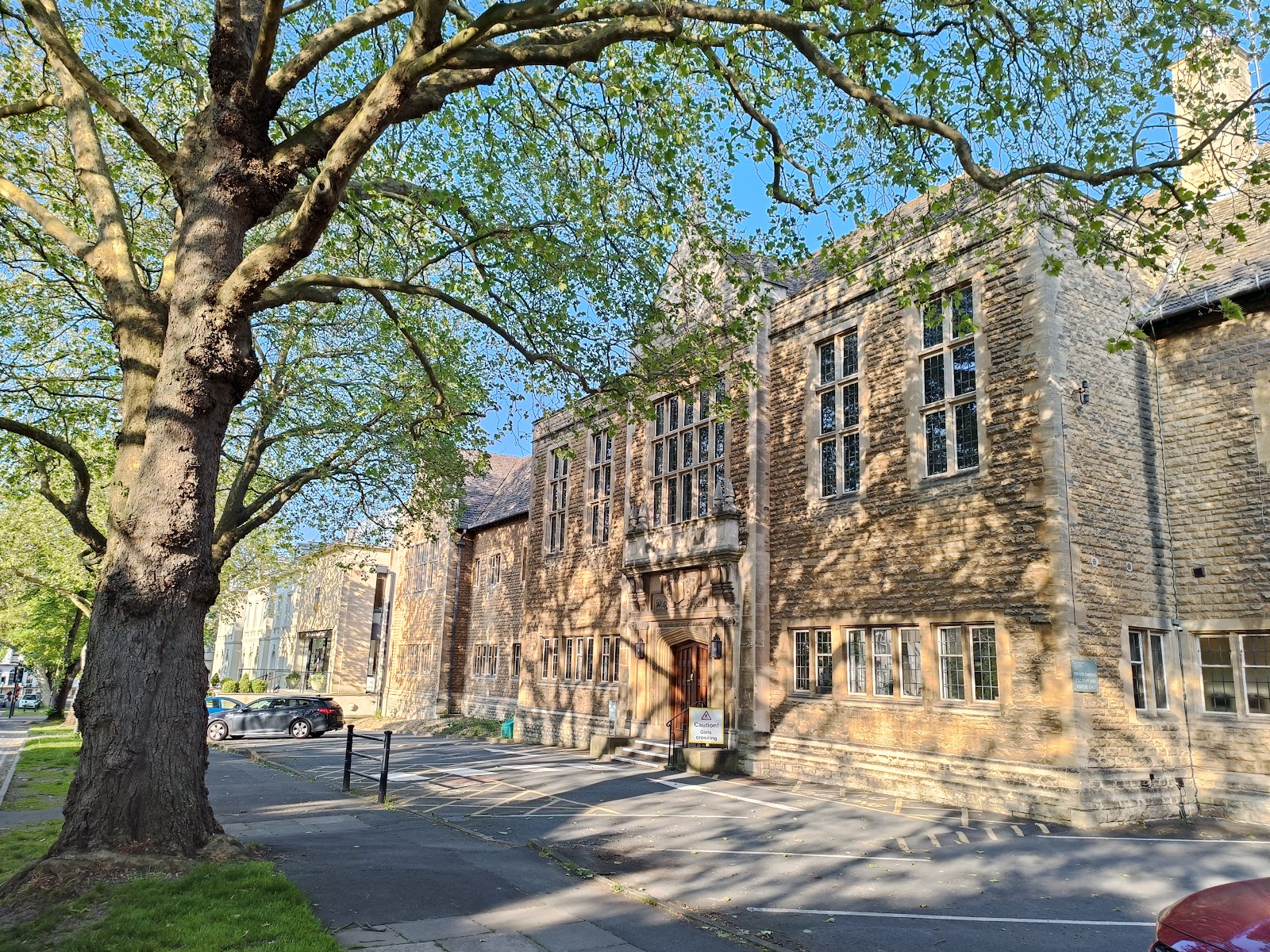

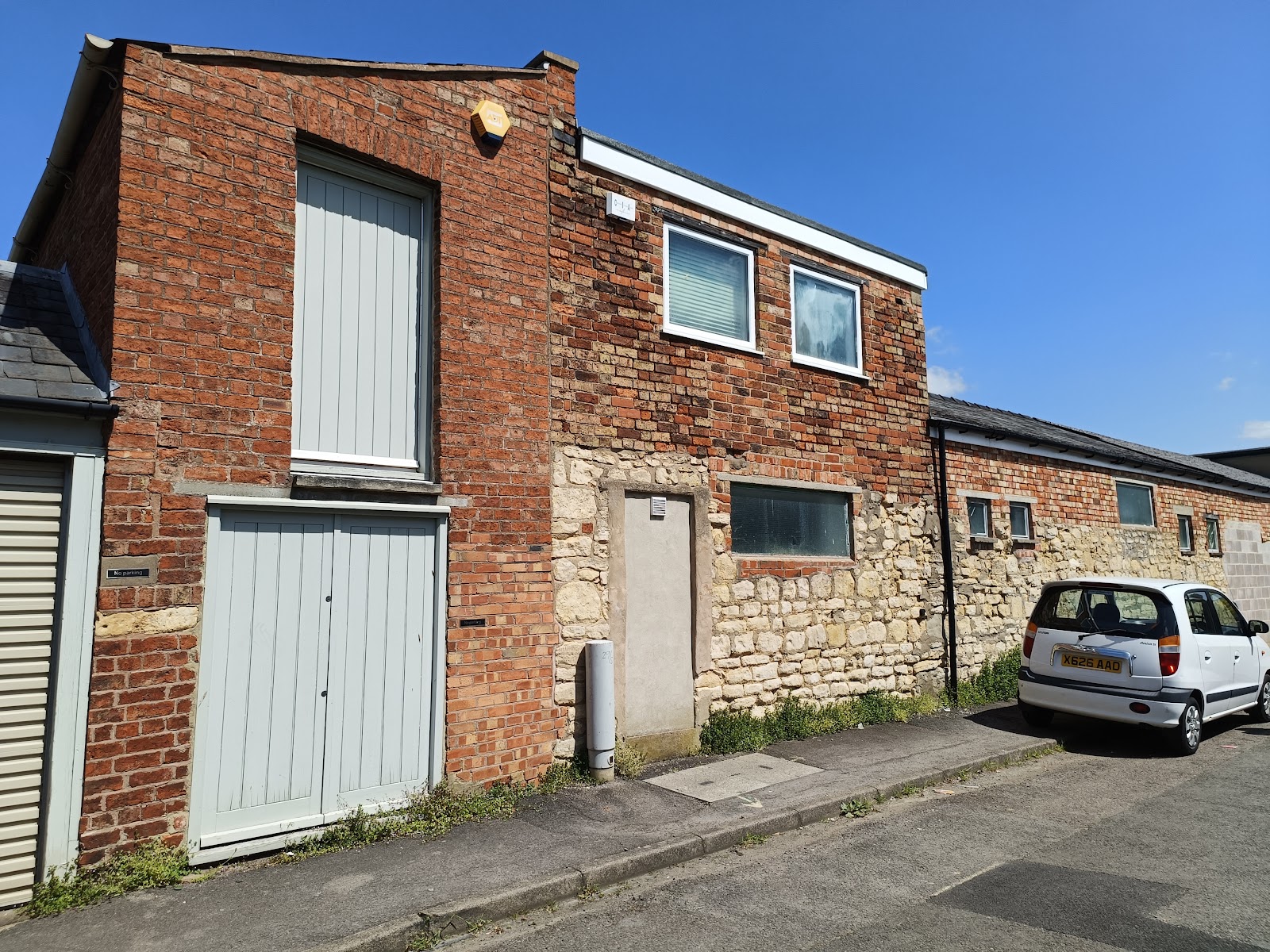



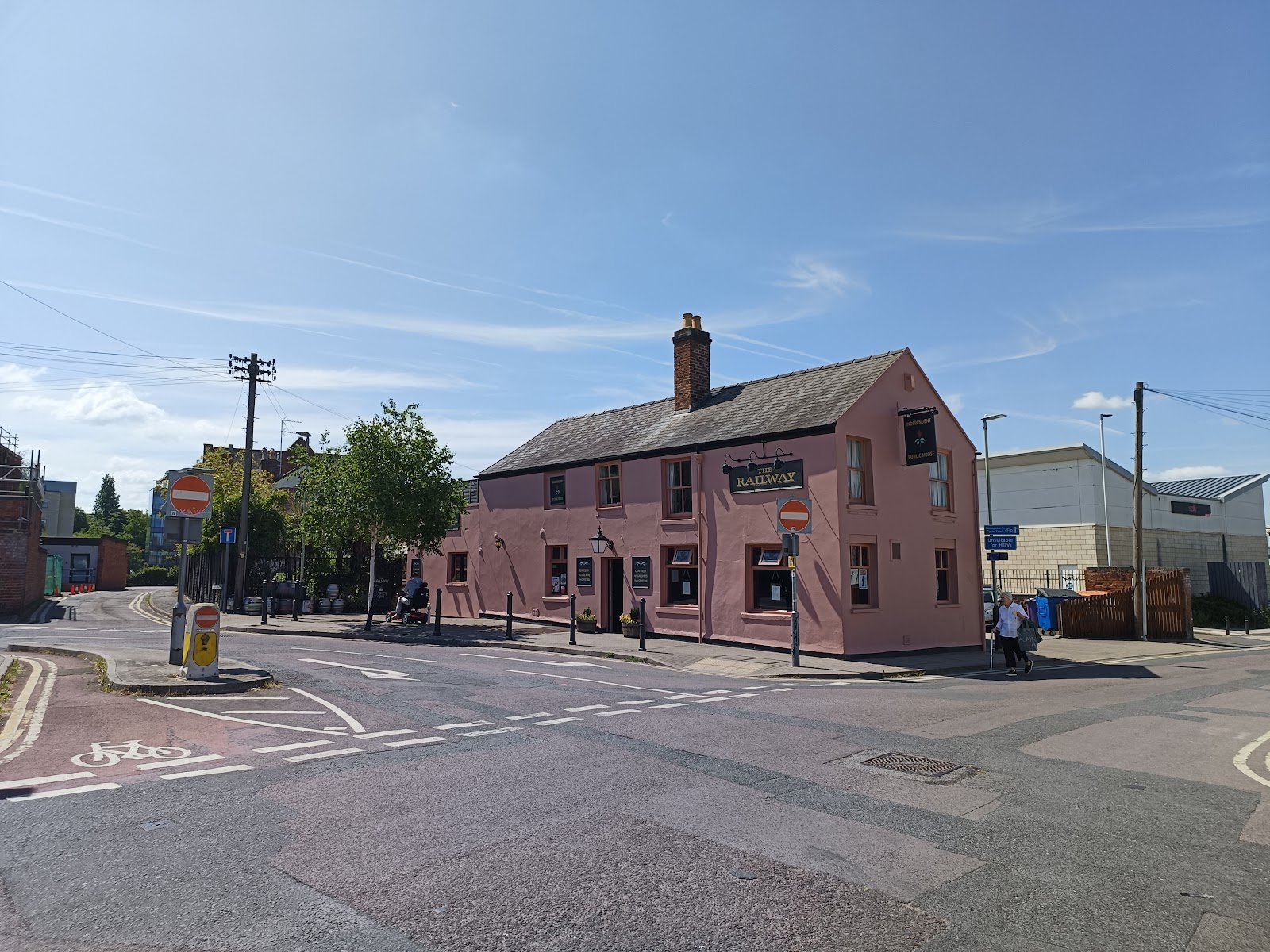
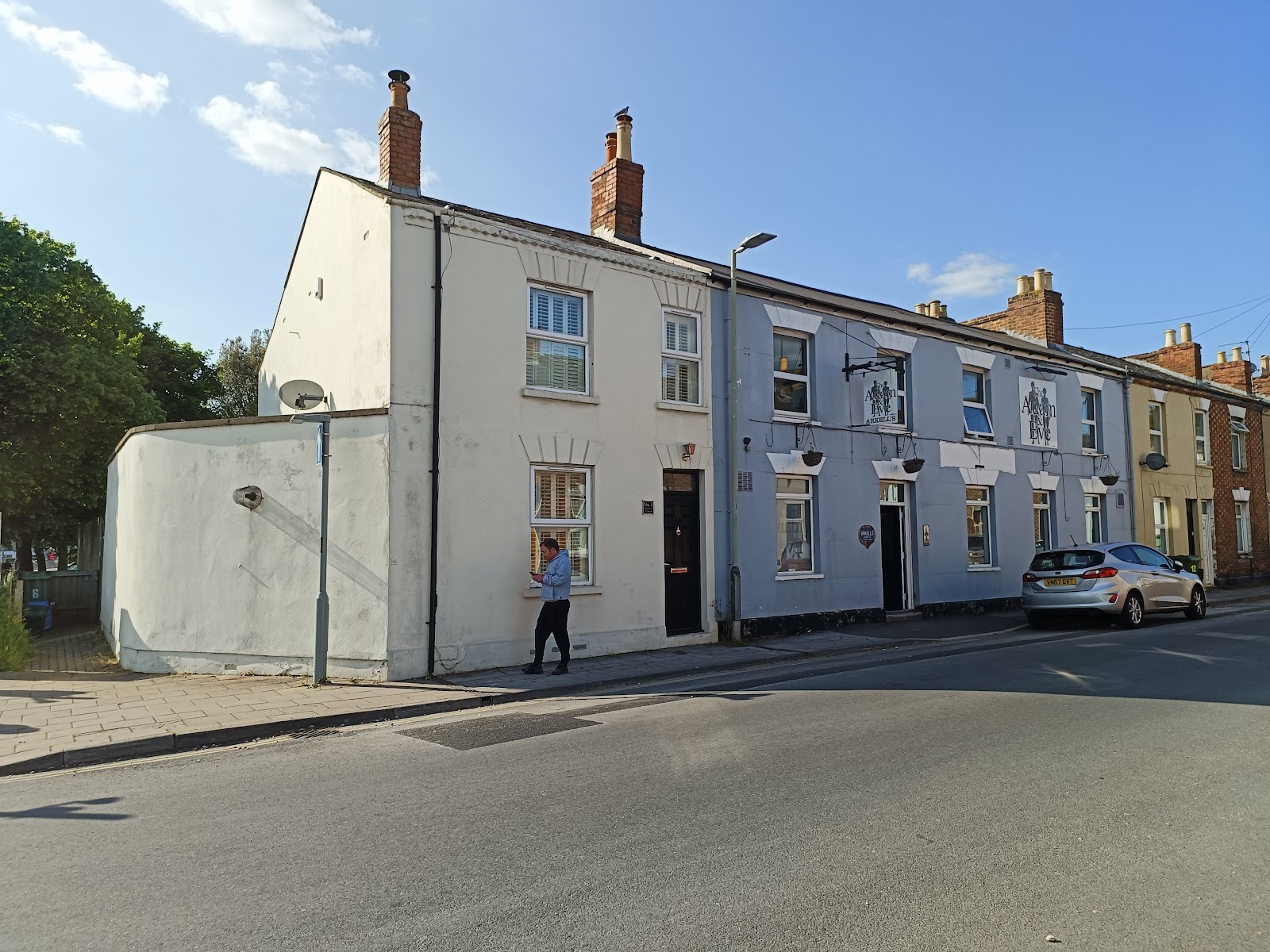


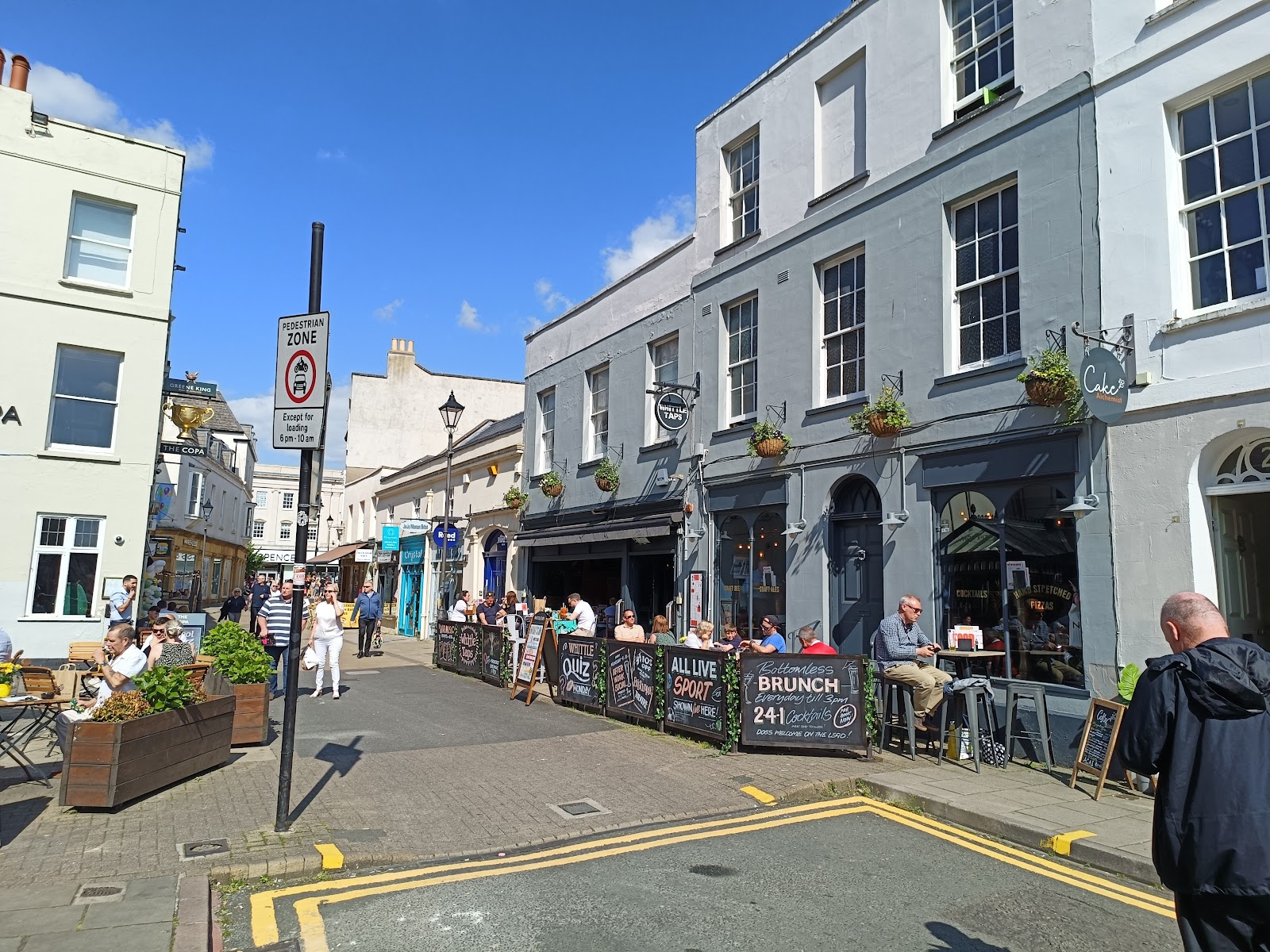




Comments
Post a Comment